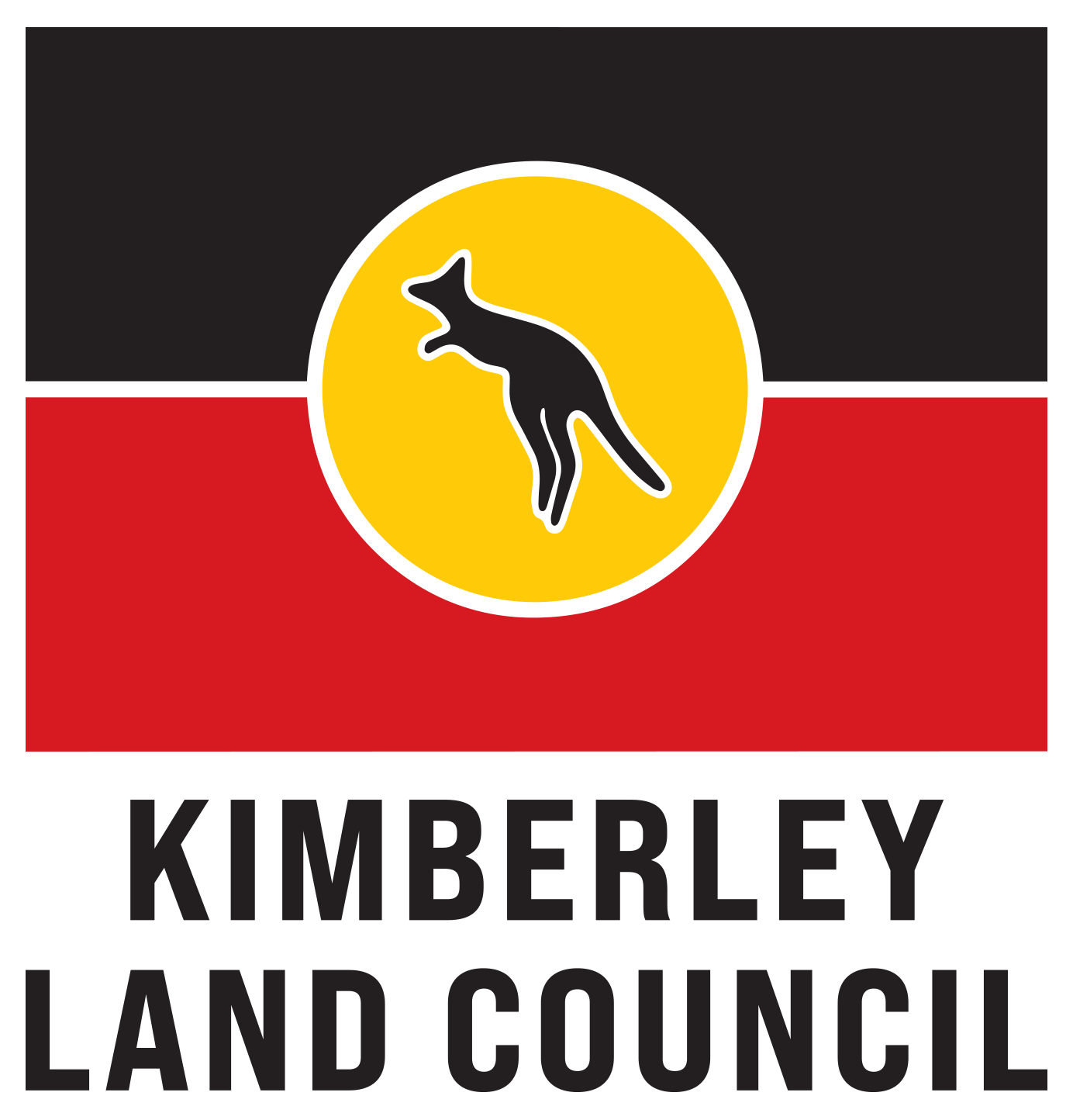
WHAT IS NATIVE TITLE?
Native title is the recognition that Aboriginal and Torres Strait Islander people have rights and interests to land and waters according to their traditional law and customs as set out in Australian law. Native title is governed by the Native Title Act 1993 (Cth).
Native title was introduced into law as a result of the historic Mabo decision in which the High Court ruled that Australia was not terra nullius - a land belonging to no-one - at the time of European colonisation. This decision recognised Aboriginal and Torres Strait Islanders as being Australia’s first people and that their rights and interests in the land and waters continued to exist despite settlement. Native title may include rights and interests to:
Live on the area and erect shelters and structures
Access the area for traditional purposes, like camping or for ceremonies
Visit and protect important places and sites hunt, fish and gather food or traditional resources like bush medicines, water, ochre and wood
Teach law, custom and engage in cultural activities.
Native title comes in two forms: non-exclusive possession and exclusive possession.
Native title can co-exist with non-Indigenous property rights such as pastoral leases and this is known as non-exclusive native title – or native title across areas where there is a shared interest with another party.
Exclusive possession native title includes the right to possess and occupy an area to the exclusion of all others. Exclusive possession native title can only be granted across certain areas such as unallocated Crown land or areas that were previously held or owned by Aboriginal people.
Native title process
Native title requires Aboriginal people to prove they have had a continuous and unbroken connection to their country since colonisation, which in Western Australia was 1829.
If an Aboriginal person or group believes it claims to hold native title rights or interests to an area, it needs to submit an application for the determination of native title to the Federal Court, which is responsible for managing all aspects of native title.
Native title process step-by-step:
Application of a person or group that claims to hold native title is submitted to the Federal Court.
The Federal Court refers the application to the National Native Title Tribunal to assess the application against the registration test.
If the application passes the test, the Applicant (person or persons claiming to hold native title) then gets certain rights to comment and negotiate about mining.
The application is publicly advertised and people with an interest in the area can apply to become a party to the application or claim and can be involved in the process.
The Federal Court begins the mediation process between the parties. Mediation is the preferred way to resolve native title and involves all parties agreeing by consent to a determination of native title.
If all parties agree they can apply to the Federal Court to make a determination of native title. If the Federal Court decides to hold a determination, this is often done at an on-country sitting of the court and is called a consent determination.
If the parties cannot reach an outcome, the claim could go to trial and the Federal Court could make a decision about whether the Applicant has native title rights or interests or not.
In July 2019, the KLC released Native Title Story, a new native title information resource for Kimberley Traditional Owners. The information booklet provides an overview of the native title process and the role of PBCs in our region.
For further information on the native title process visit the National Native Title Tribunal website.
